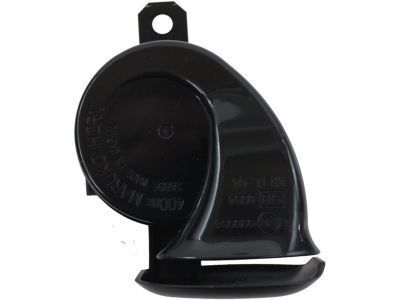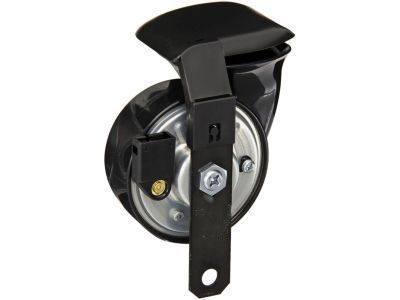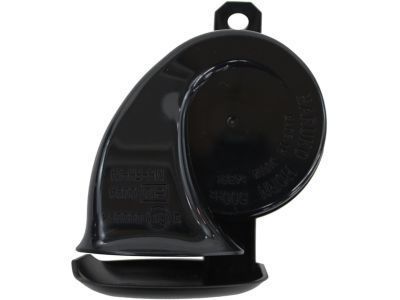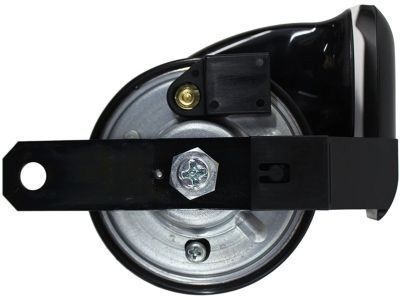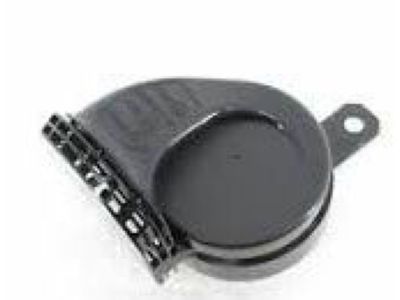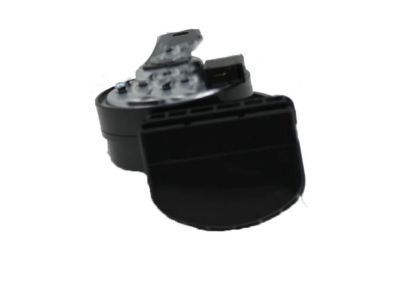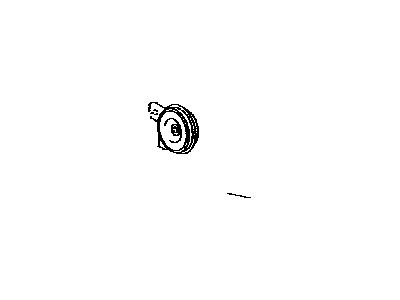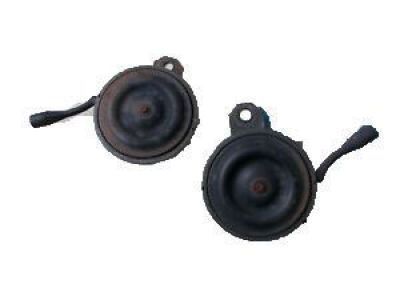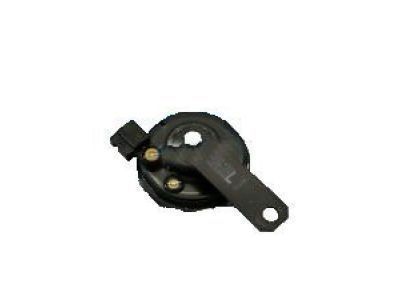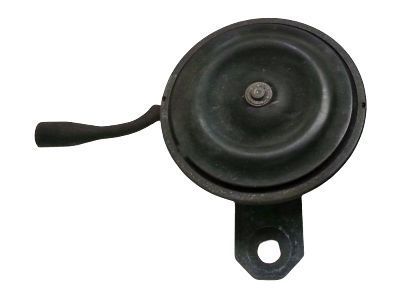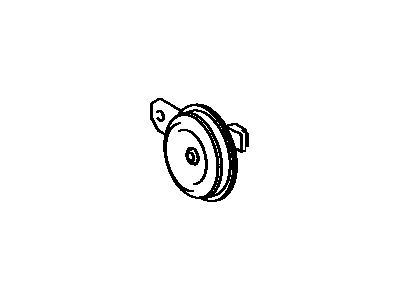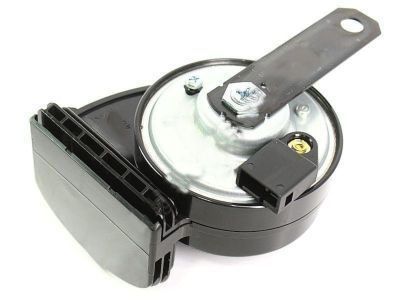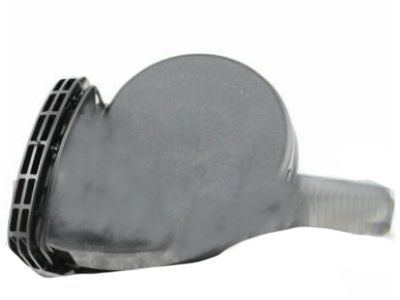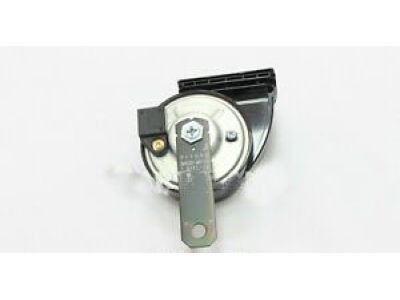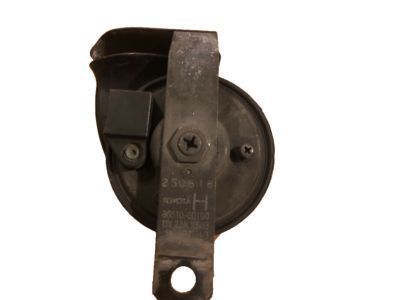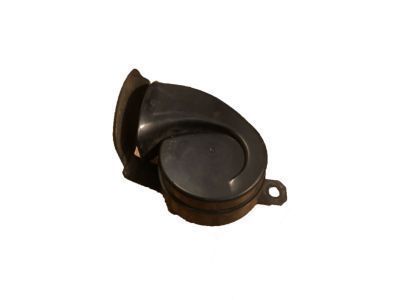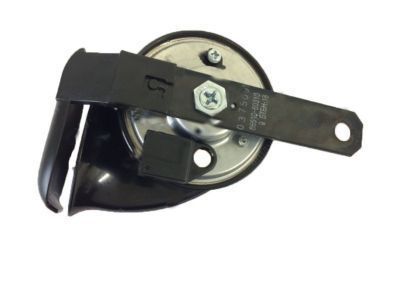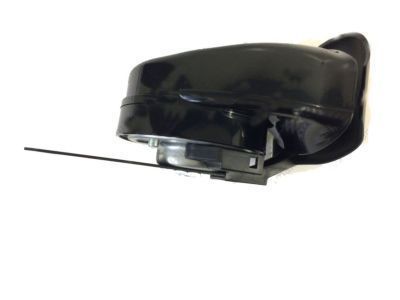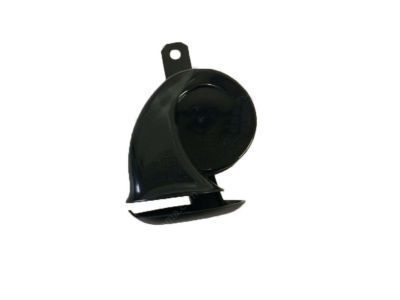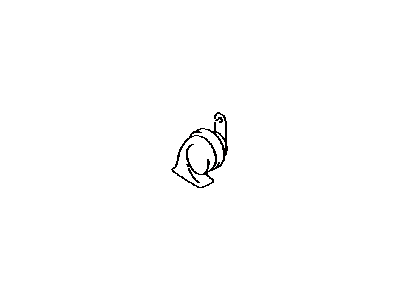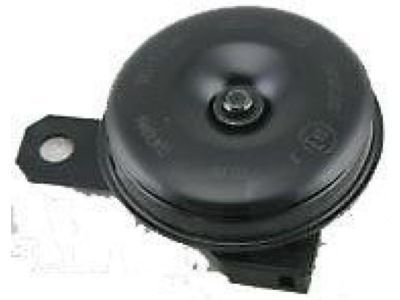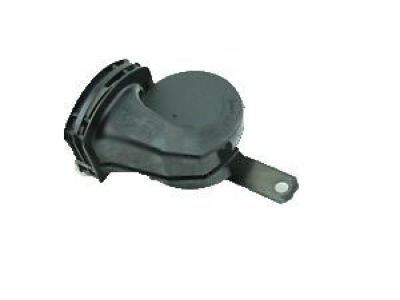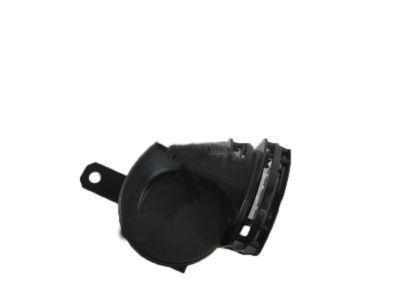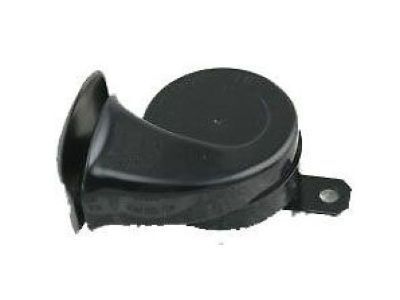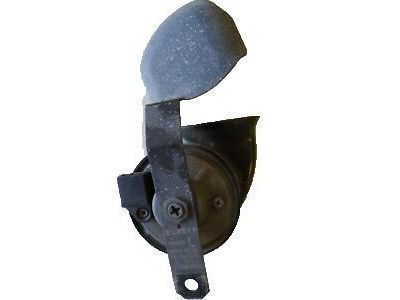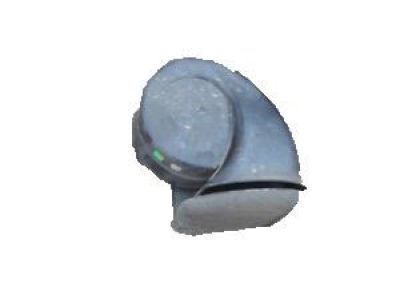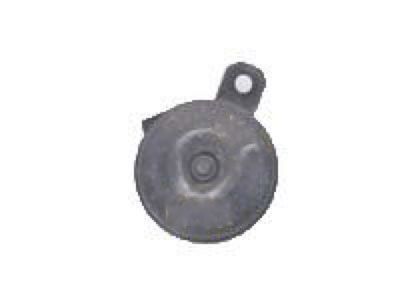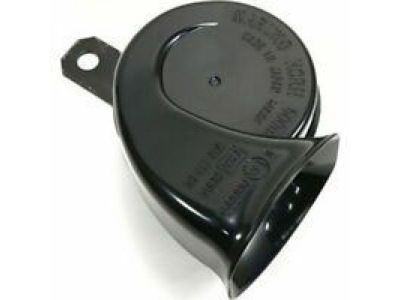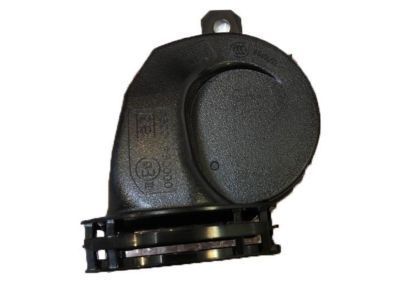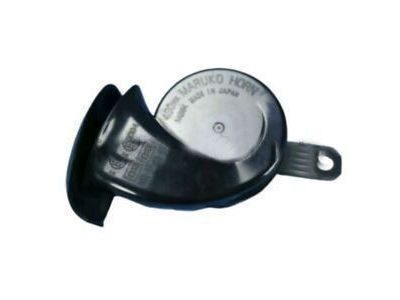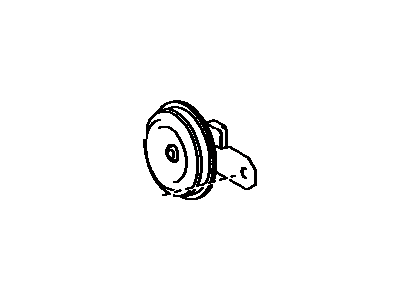

My Garage
My Account
Cart
Genuine Toyota Land Cruiser Horn
Alarm Horn- Select Vehicle by Model
- Select Vehicle by VIN
Select Vehicle by Model
orMake
Model
Year
Select Vehicle by VIN
For the most accurate results, select vehicle by your VIN (Vehicle Identification Number).
49 Horns found
Toyota Land Cruiser Low Pitched Horn Assembly
Part Number: 86520-60200$81.76 MSRP: $115.26You Save: $33.50 (30%)Ships in 1-2 Business DaysToyota Land Cruiser Horn Assy, High Pitched
Part Number: 86510-60240$112.21 MSRP: $158.16You Save: $45.95 (30%)Ships in 1-3 Business DaysToyota Land Cruiser Horn Assembly, High PITC
Part Number: 86510-48150$80.11 MSRP: $112.92You Save: $32.81 (30%)Ships in 1-2 Business DaysToyota Land Cruiser Low Pitched Horn Assembly
Part Number: 86520-14210$91.67 MSRP: $129.23You Save: $37.56 (30%)Ships in 1-3 Business DaysToyota Land Cruiser Horn Assembly, Low Pitch
Part Number: 86520-48110$80.11 MSRP: $112.92You Save: $32.81 (30%)Ships in 1-3 Business DaysToyota Land Cruiser Horn Assy, High Pitched
Part Number: 86510-60190$101.82 MSRP: $143.53You Save: $41.71 (30%)Ships in 1-3 Business DaysToyota Land Cruiser Horn Assy, High Pitched
Part Number: 86510-60310$87.78 MSRP: $123.73You Save: $35.95 (30%)Ships in 1-3 Business DaysToyota Land Cruiser Horn Assembly, Low Pitch
Part Number: 86520-60250$84.71 MSRP: $119.41You Save: $34.70 (30%)Ships in 1-3 Business DaysToyota Land Cruiser Low Pitched Horn Assembly
Part Number: 86520-60160$83.65 MSRP: $117.91You Save: $34.26 (30%)Ships in 1-2 Business DaysToyota Land Cruiser Horn Assembly, High PITC
Part Number: 86510-60300$84.71 MSRP: $119.41You Save: $34.70 (30%)Ships in 1-3 Business DaysToyota Land Cruiser Low Pitched Horn Assembly
Part Number: 86520-60260$87.78 MSRP: $123.73You Save: $35.95 (30%)Ships in 1-3 Business DaysToyota Land Cruiser Low Pitched Horn Assembly
Part Number: 86520-60140$83.65 MSRP: $117.91You Save: $34.26 (30%)Ships in 1-2 Business DaysToyota Land Cruiser Horn Assy, High Pitched
Part Number: 86510-14210$91.67 MSRP: $129.23You Save: $37.56 (30%)Ships in 1-3 Business DaysToyota Land Cruiser Horn Assy, High Pitched
Part Number: 86510-60180$83.65 MSRP: $117.91You Save: $34.26 (30%)Ships in 1-3 Business DaysToyota Land Cruiser Horn Assembly, Security
Part Number: 86560-60010$67.60 MSRP: $95.30You Save: $27.70 (30%)Ships in 1-3 Business DaysToyota Land Cruiser Horn Assembly, Security
Part Number: 86510-60200$83.79 MSRP: $118.12You Save: $34.33 (30%)Ships in 1-3 Business DaysToyota Land Cruiser Horn Assy, High Pitched
Part Number: 86510-60041$60.37 MSRP: $85.11Limited AvailabilityYou Save: $24.74 (30%)
| Page 1 of 3 |Next >
1-20 of 49 Results
Toyota Land Cruiser Horn
If you are in demand for superior quality and affordable OEM Toyota Land Cruiser Horn, then shop with us! We own a wide range of the reduced-priced genuine Toyota Land Cruiser Horn. You can purchase in confidence as all parts come with a manufacturer's warranty. Any issues with our products? No need to worry as we have a hassle-free return policy to guide you every step of the way.
Toyota Land Cruiser Horn Parts Questions & Experts Answers
- Q: How to check and replace a horn in an electrical system on Toyota Land Cruiser?A:Before beginning electrical diagnosis, check the fuses. Disconnect the electrical connector from the horn. To test the horn, connect battery voltage to the two terminals with a pair of jumper wires; if the horn doesn't sound, replace it. If the horn does sound, check for voltage at the terminal when the horn button is depressed. If there's voltage at the terminal, check for a bad ground at the horn. If there's no voltage at the horn, check the Relay, noting that most horn relays are either the four-terminal or externally grounded three-terminal type. If the relay is functioning, check for voltage to the relay power and control circuits; if either circuit is not receiving voltage, inspect the wiring between the relay and the fuse panel. If both relay circuits are receiving voltage, depress the horn button and check the circuit from the relay to the horn button for continuity to ground. If there's no continuity, check the circuit for an open; if there's no open circuit, replace the horn button. If there's continuity to ground through the horn button, check for an open or short in the circuit from the relay to the horn. To replace the horn(s), remove the radiator grille, disconnect the electrical connector, and remove the bracket bolt. Installation is the reverse of removal.
Related Toyota Land Cruiser Parts
Browse by Year
2021 Horn 2020 Horn 2019 Horn 2018 Horn 2017 Horn 2016 Horn 2015 Horn 2014 Horn 2013 Horn 2012 Horn 2011 Horn 2010 Horn 2009 Horn 2008 Horn 2007 Horn 2006 Horn 2005 Horn 2004 Horn 2003 Horn 2002 Horn 2001 Horn 2000 Horn 1999 Horn 1998 Horn 1997 Horn 1996 Horn 1995 Horn 1994 Horn 1993 Horn 1992 Horn 1991 Horn 1990 Horn 1989 Horn 1988 Horn 1987 Horn 1986 Horn 1985 Horn 1984 Horn 1983 Horn 1982 Horn 1981 Horn 1980 Horn 1979 Horn 1978 Horn 1977 Horn 1976 Horn 1975 Horn 1974 Horn 1973 Horn 1972 Horn 1971 Horn 1970 Horn 1969 Horn
